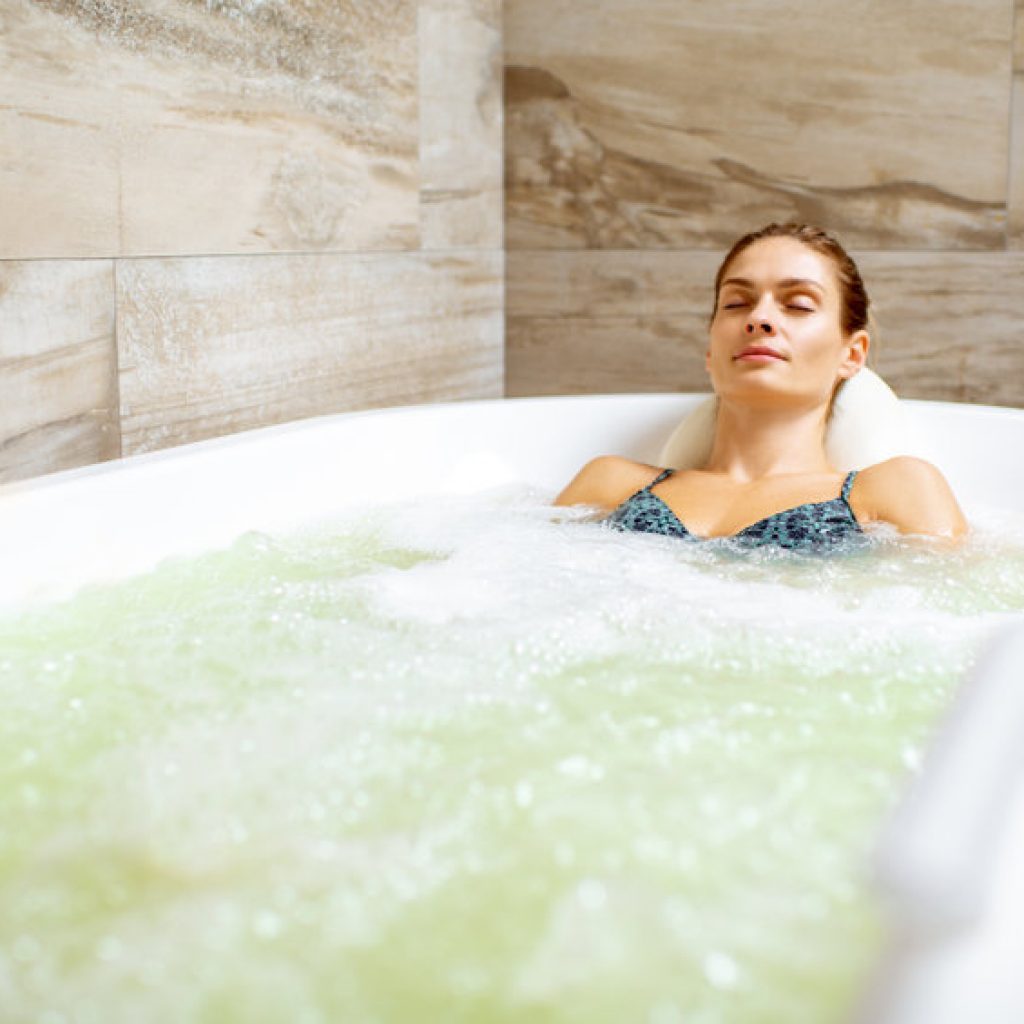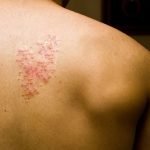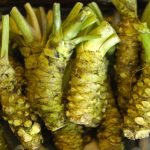JAMES SENSENIG, ND
LETITIA DICK-KRONENBERG, ND, VNMI
This column is transcribed from a weekly live conversation produced by the Naturopathic Medical Institute (NMI). The goal of NMI is to preserve and promote the principles of naturopathic philosophy through clinical application, in your offices and in your communities, every day. This lightly edited transcript (by Emily Kane, ND) is the second part of a 4-part conversation between Drs Jim Sensenig and Letitia Dick-Kronenberg, which took place on September 13, 2017.
Dr Dick-Kronenberg:
I’m assuming that those joining us have all gotten a basic understanding of the constitutional hydrotherapy treatment. Each curriculum at the schools is spun a little differently.
I hope to lay this all out such that we’re all on the same page, doing it the same way. The treatment has been taught incorrectly in many of our schools. Not that it doesn’t still work, but it’s not as effective as when it’s done properly.
I’m going to break down the purpose of each sequence – the hot, the cold, the stim – what it’s accomplishing and how that happens.
Then I’m going to talk about how it’s charted. There has always been a charting system for this, but it has never been adapted by any of our schools.
There is also a way to adjust the therapy depending on what you need to do for a specific patient at that time. Part of that is based on the patient’s heart tones, their digestive tones, etc.
There’s an art to this; there’s a lot more to it than what nearly everyone has been taught in the medical curriculum.
So, I’d like to start with the basics, which are probably redundant, but I think it’s important.
Dr Sensenig:
It makes a lot of sense that the treatment should be tailored to each patient. And if it’s not being taught correctly in the schools, I agree that it’s important to review the basics here.
Constitutional Hydrotherapy
Hot & Cold Applications
Dr Dick-Kronenberg:
We all know that there is a series of hot and cold applications in constitutional hydrotherapy.
The purpose of the hot towel is 1) to draw the blood to the surface of the skin with vasodilation; 2) to open the pores; and 3) to make the patient perspire.
Leaving the hot towels on for longer than 5 minutes can cause venous stasis. Five minutes of heat causes vasodilation, but longer that causes venous stasis. You don’t want the blood to stagnate. So, there’s a reason for the specific timing. After a fresh hot towel, you flip to the cold.
The cold towel causes an influx of blood from the already-dilated superficial skin vessels into the core of the body, the vital organs. As the cold towel is warmed up by the recirculation of the blood back to the skin, the pores will actually absorb ¼-½ cup of water into the tissues. That’s the beauty of the heating compress from Priessnitz.
We’ve proven that you’re hydrating the tissues when you do this. You can measure the weight of the towels (we know that the body will absorb fluid through these towels), and you can measure the concentration of fluid in the tissues.
The alternating hot and cold stimulates the circulation through the internal organs, which increases oxygen in the blood, stimulates digestive enzyme production, and moves the white blood cells into the lymphatic chains, especially in the intestinal mucosa. The body, being made mostly of water, responds to this electrolyte movement with predictable measures.
Electrical Simulation
Dr Sensenig:
Alternating hot and cold to stimulate circulation is such a deep healing modality. But we also know that an important part of constitutional hydrotherapy is the electrical stimulation. What is the purpose of that part?
Dr Dick-Kronenberg:
Yes, that is partly what makes constitutional hydrotherapy so unique. The electrical stimulation with the sine wave therapy was introduced by Dr Otis Carroll as a way to speed up the effect of the hydrotherapy. He found that the original therapy, utilizing a long series of hot and cold applications and taking several hours to accomplish, could be more beneficial and less labor-intensive if combined with the gentle electrical stim of the smooth muscles of the digestive system. The added benefit, we discovered, is the boost of the white blood cells into the bloodstream.
We’ve done research and have found that 1 hour after a treatment, there are 10 000 more white blood cells in circulation. This is why we can use the therapy to treat acute infections very quickly without ever using antibiotics. I’ve treated MRSA, tuberculosis, and Rocky Mountain spotted fever. My dad had a patient with bubonic plague that he treated successfully. Constitutional hydrotherapy is the strongest immune tonic we’ve found. It will provide the body with the defenses needed to fight infections and inflammation without antibiotics or anti-inflammatory medications.
We have 2 settings with these sine wave paths. Sine wave is that type of current that stimulates muscle contraction, especially in the smooth muscles.
We put the stim on specific areas of the spine to affect particular spinal reflexes.
The heating compress is the cold cloth covered with wool. The wool keeps the body heat in, so that the cold towel can be warmed up. That’s the heating compress action.
Research
Dr Sensenig: Have there been any studies conducted on constitutional hydrotherapy?
Dr Dick-Kronenberg:
Yes, there was actually a study done at Southwest College by Dr Mark Carney and Dr Brian McConnell. I don’t know if they ever published it, but I was their advisory person for the study. They did “before and after” experiments with a group of fellow students, testing different health parameters to assess the effects of hydrotherapy. Based on a standardized SF-36 form, here was their outcome:
The constitutional hydrotherapy:
- Increased mental/emotional vitality
- Increased physical energy
- Decreased pain
- Decreased body fat
- Increased total body water, per bioelectrical impedance analysis
- Increased T3 and T4 thyroid hormones
- Decreased alkaline phosphatase
- Decreased cholesterol, triglycerides, HDL, and LDL
- Slightly increased oral temperature and mean arterial pressure (by 15 points in a hypertensive patient)
- Resolved chronic constipation in 1 subject
Constitutional hydrotherapy is one of the main ways I treat hypertension. We can actually tone the vessels, especially the cardiovascular and kidney vessels, and change that dynamic for patients.
This is also one of the few therapies that will bring up a low basal body temperature. Acupuncture can also do this.
This was long before Wilson’s T3 protocol came around. We would raise low basal body temperature just with constitutional hydrotherapy.
Dr Sensenig: I’m not surprised by all of those physiological changes, but it’s great that the study was done so that those findings could be detailed and documented. I think it would be useful to our listeners if you reviewed all of the specific steps in a constitutional hydrotherapy treatment.
The Basic Sequence
Dr Dick-Kronenberg: Definitely.
The hot sequence involves the following:
- Take 2 wet towels that are hot. They are layered: 1 towel is folded over to 2 thicknesses. So, with 2 towels, there will be 4 layers.
- With these 2 towels, cover the patient from the collarbone to the waist
- Cover them with wool
- Leave the hot towels on the chest for 5 minutes
- Then put a fresh hot towel on top of the original 2 towels, and flip all 3 towels so that the hottest towel is now against the patient’s skin
- Then switch to the cold sequence
The cold sequence involves the following:
- Fold a new wet towel in half to make 2 layers of cold toweling. A lot of schools have made the mistake of using only 1 layer of toweling.
- Put this cold towel on top of the other towels, flip them, and remove the hot towels. Now the cold towel is against the patient’s skin.
- Cover the towel with wool, and leave this on for 10 minutes
- While the cold towel is on the chest, the sine wave pads are on the patient’s back. The pads are placed at the level of T4-T6 on the back, which is the reflex area of the spine innervating the stomach, pancreas, gallbladder, liver, etc. So we’re hitting the vital organs with that stim.
- Apply surging sine waves for 10 minutes
- Set the sine wave high enough so the patient can feel it in their upper-epigastric area
- It sort of makes you feel hungry, and it’s common to get stomach gurgles with this
- I’ve taught my hydrotherapy technician put her hand on the upper-epigastric area. If you can feel the smooth muscle contract, then it’s strong enough for the patient. Some patients don’t have much feeling there, so the tech doesn’t know how strong to make it. We try to get it strong enough that the patient feels that contraction.
- At the end of 10 minutes, take off those spent cold towels if they have been warmed by the body. You can assess warming by placing your hand on the center of the patient’s belly.
- In 10 minutes’ time, the patient’s vitality should be strong enough to warm the towel.
- When patients first start doing these treatments, they’re sometimes not warmed within 10 minutes. In this case, you can throw an extra blanket on them and continue for another 2 minutes.
- Don’t rub the towels and don’t artificially heat the patient; their body has to warm the towel
- It’s okay if they didn’t warm it. You’re going to do a series of these therapies. After 3-5 treatments, they will start warming the towels. That’s the whole purpose of the treatment. Don’t think you have to heat them up or put hot towels on their feet. Don’t do anything; just let their body work with that towel that you put on their belly.
- At this point, remove the towels
Next comes the no-towel sequence:
Some of the colleges are calling this the “dry phase.” I don’t know where that term came from, but if you’re familiar with that term, that’s what this is – the phase in which no towels are present.
- Change the positions of the sine wave pads:
- Place one of the pads under the back at around T10
- Place the other pad just above the belly button, thus sandwiching their body. Some people are so small that if you put it above the belly button, it hits the ribcage; so you’ll have to position the front pad below the ribs and preferably over the belly button, but not too far below it.
In the old textbook is a series that instruct you to move that upper-epigastric pad around. Dr Leo Scott liked to do that. My father, Dr Dick, never did that; and, as far as I know, Dr Carroll never did that.
There’s 1 position with that pad where you leave it for a full 10 minutes. That’s enough to affect that whole area. We can talk more about changing the therapy when the patient has other issues, like over the gallbladder, appendix area, ovarian cyst, etc. There are different ways to apply the therapy. However, the standard treatment always leaves the upper-epigastric pad in 1 position.
- Surging sine wave is now applied for 10 minutes, this time without a towel
- After 10 minutes, remove the sine wave pads
- Turn the patient over so that they’re now lying prone
- Repeat the same hot and cold sequence, this time on their back:
- Five minutes with 2 hot towels on the back
- Do that hot and cold flip
- And leave the cold towel on for 10 minutes, covered by wool
In each of these sequences, the towels should be covered by wool. There are 2 rules of naturopathic hydrotherapy: 1) You always end with cold; and 2) you always cover with wool.
Communicable Disease Considerations
Dr Sensenig: Thank you for that valuable review. You mentioned earlier that constitutional hydrotherapy is a powerful immune tonic and that you’ve used the therapy to treat patients with acute infections. What do you differently, if anything, in this circumstance?
Dr Dick-Kronenberg: In our clinic, instead of using wool to cover the towels, we use what’s called a “Vellux Blanket,” and then we place the wool on top of that. Vellux is a fuzzy, synthetic rubber blanket. Wool is not very easy to clean. If you have someone with a communicable disease, like chicken pox, shingles, MRSA, etc, it’s nice to have these Vellux blankets because they are super-easy to clean. They can be thrown in the washer and dryer and they don’t have to be sterilized and dry-cleaned.
I think that’s why the medical schools have gone to using sheets and putting a dry towel over the wet towels, etc – because of the communicable disease issue. That’s a school-setting situation. Just know that in your clinical practice, it’s not needed.
In all the years that we’ve been using this treatment – 100 years now – there has never been a transmitted disease from a constitutional hydrotherapy treatment. But it’s still important to take the standard precautions:
- Disinfect the table between patients
- Have them wear their own therapy gown
- If there is a communicable disease issue, immediately wash all the linens, etc, after the treatment
This column, based on the Vital Conversations of the Naturopathic Medicine Institute, will continue in next month’s NDNR.

James Sensenig, ND was a 1978 graduate of NCNM in Portland, OR. For over 40 years he maintained an eclectic practice in Hamden, CT. Over the years, Dr Sensenig held prominent positions in the various naturopathic colleges and the AANP. A champion of classical naturopathic medicine, Dr Sensenig received an Honorary Doctor of Naturopathic Philosophy degree from CCNM, and received numerous awards for his dedication to teaching the principles of naturopathic medicine.

Letitia Dick-Kronenberg, ND, VNMI earned her doctorate in Naturopathic Medicine in 1990 from NCNM. She then completed a 3-year residency with her late father, Dr Harold Dick. After his passing, she continued his classical naturopathic clinic in Spokane, WA, now over 60 years old. Dr Letitia has been in practice 31 years; is past adjunct faculty at Bastyr University; co-founder of the Carroll Institute of Natural Healing (a non-profit, post-graduate institute teaching the healing methods of Dr Otis G. Carroll); author of The Ultimate Text In Constitutional Hydrotherapy: A 100 Year Tradition of Clinical Practice; founder and senior Vitalist of the NMI; and an international speaker / medical educator.





